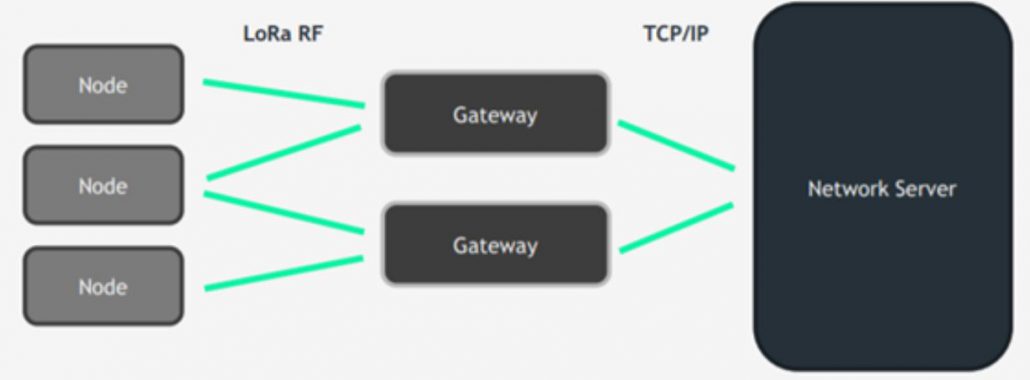IoT Connectivity Trends: Navigating the IoT Evolution
In the ever-evolving realm of the Internet of Things (IoT), the shift from 2G/3G to 4G/5G networks is steering the course of connectivity into uncharted territories. This article from thethings.iO aims to unravel this transformative journey, offering insights into IoT evolution and considering the implications that lie ahead.
The technological landscape is witnessing a monumental embrace of the next wave. The introduction of 4G and the imminent arrival of 5G signal a new era, redefining the parameters of IoT connectivity. For businesses and innovators, understanding the nuances of these advancements isn’t just beneficial – it’s imperative.
Embracing the Next Wave
4G’s Impact
The proliferation of 4G networks is creating a myriad of opportunities for IoT devices. Increased data transfer speeds and reduced latency are key elements that are taking IoT applications to new heights. Whether it’s orchestrating smart cities or optimizing industrial IoT solutions, the impact of 4G is everywhere.
Anticipating 5G’s Arrival
As we stand on the brink of 5G deployment, the anticipation is nothing short of revolutionary. The promise of ultra-fast, low-latency communications opens the door to unprecedented possibilities. From autonomous vehicles to real-time healthcare applications, 5G is ready to redefine the scope and scale of IoT use cases.
Navigating Challenges
Rural Connectivity Disparities
While urban centers reap the benefits of advanced networks, rural areas face a severe digital divide. Understanding the challenges that prevent seamless IoT integration in remote locations is paramount. Bridging this gap requires strategic interventions that go beyond traditional connectivity solutions.
Satellite Networks as a Panacea
In the pursuit of overcoming connectivity challenges, satellite communications are emerging as a viable solution thanks to IoT evolution. Examining the role of satellite networks in expanding IoT connectivity reveals opportunities to overcome geographic constraints and ensure a more inclusive IoT ecosystem.
Future-Proofing Strategies
Security and Privacy Imperative
Amidst the connectivity revolution, security and privacy concerns loom large. Navigating the evolving landscape of IoT security becomes imperative. This section delves into the dynamic nature of IoT security and outlines measures to safeguard sensitive data in an interconnected world.
The Power of Collaborative Ecosystems
In the era of IoT network evolution, collaboration takes center stage. The interconnected future necessitates ecosystems where diverse stakeholders, from tech giants to startups, contribute collectively to shape the trajectory of connected technologies.
Conclusion
As we witness the paradigm shift from 2G/3G to 4G/5G networks, the IoT connectivity landscape undergoes a profound metamorphosis. This article provides a nuanced exploration of the trends, challenges, and strategies defining this evolution. Embracing these changes is not just a necessity—it’s a strategic imperative for those aiming to unlock the true potential of IoT in the years to come.








